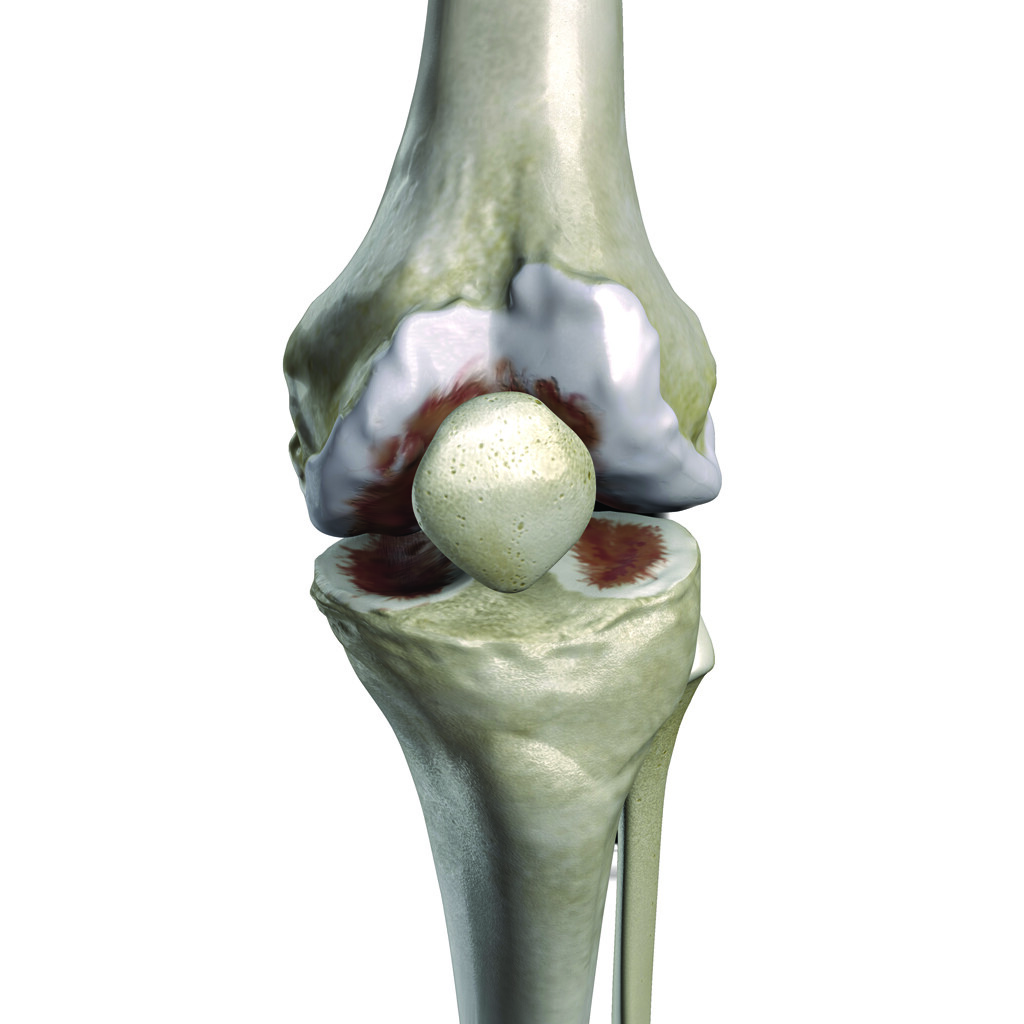Patellar tendon and quadriceps tendon ruptures
The patellar and quadriceps tendons anchor the kneecap (patella) to the bones in the leg. The patellar tendon attaches to the bottom of the kneecap and connects it to the tibia (shinbone), and the quadriceps tendon attaches to the top of the top of the knee and connects it to the femur (thigh bone).
Ruptures to the patellar tendons occur most often in athletes and men under 40 and quadriceps tendon ruptures happen more frequently in those over age 40, although almost anyone can be affected.

Causes of patella and quadriceps tendon ruptures
The tendons in the knee are very strong, routinely taking over five times your body weight in force when you run and up to twenty times your weight on jumping. Rupturing the tendons in the knee takes a significant amount of force.
Excess force is applied to the patellar and quadriceps tendons when a heavy load is placed on the leg with the knee partially bent. This commonly results from jumping and landing in a squatting position, such as an awkward jump while playing basketball. It may also result from falls or direct force to the front of the knee.
Tendons weakened by another health condition – such as tendonitis or chronic illness – are more likely to rupture, although these conditions do not result in tendon rupture on their own. Lack of physical activity and steroid use can also result in tendon weakness.
Symptoms & treatment
Both patellar and quadriceps tendon tears are characterised by pain, bruising, tenderness, and severe cramping originating from the knee joint.
The knee will usually buckle or give way on attempt to walk as the leg’s ability to extend is impacted. An indent usually appears in the top or bottom of the kneecap, depending on which tendon is ruptured.
When the patellar tendon ruptures, the indent appears at the bottom of the kneecap. As the patellar tendon anchors the kneecap to the shinbone, the kneecap may shift up into the thigh once the connection is gone.
In a quadriceps tendon rupture, the indentation appears in the top of the kneecap. As its anchor to the femur is severed, the kneecap may appear to sag towards the lower leg.
Treatments for tendon ruptures
Small or partial tears often respond well to conservative treatments. This usually begins with rest and immobilisation of the knee. A knee brace will be used to restrict movement for 3-6 weeks, during which you will usually need to use crutches. Your doctor may advise over-the-counter non-steroidal anti-inflammatory medications (NSAIDS) to reduce pain and inflammation.
Physiotherapy following patellar or quadriceps tear usually focusses on strengthening the quadriceps muscle. Dr Cabot can prescribe specific exercises for this, and may refer you to a physiotherapist for ongoing treatment. Physiotherapy is also recommended after surgery.
Surgical repair for patellar and quadriceps tears
Full tears of the patellar and quadriceps tendons do not heal well on their own and usually require surgery to reattach. The preferred approach for this is similar for both patellar and quadriceps tendon tear ruptures.
The surgeon places sutures at the torn end of the tendon. Small holes are then drilled in the kneecap, and the sutures are threaded through to anchor the tendon in place. The sutures are then carefully tied to maintain the correct tension for healing.
In some situations, wires or cables may be implanted to hold the kneecap in position while the tendons heal. These will usually need to be removed in a later surgery. The need for these will be discussed prior to your procedure, although the surgeon will sometimes make this decision during the surgery if damage is more extensive than anticipated.
As torn tendons tend to retract and shorten over time, it can be difficult to reattach tendons that have been torn for a while. If more than a month has passed since the initial injury, a tendon graft from a cadaver donor may be needed to increase the length sufficiently for reattachment.
Recovering from patellar and quadriceps repair surgery
After a tendon repair surgery, the knee will typically be immobilised in a brace. As recovery progresses, the surgeon or physiotherapist will gradually unlock it to allow more movement.
Complete recovery and return to sports generally takes 4-6 months, although many patients report needing 12 months to achieve all their recovery goals. Dr Jonathan Cabot will provide specific information on your projected recovery prior to surgery.
Driving after a patellar or quadriceps repair surgery is not recommended until the patient does not require narcotic painkillers and can safely perform an emergency stop. This is typically 4-6 weeks following the procedure; Dr Jonathan Cabot will provide specific advice prior to your procedure. Bear in mind that some insurance providers have other requirements and these should also be considered.